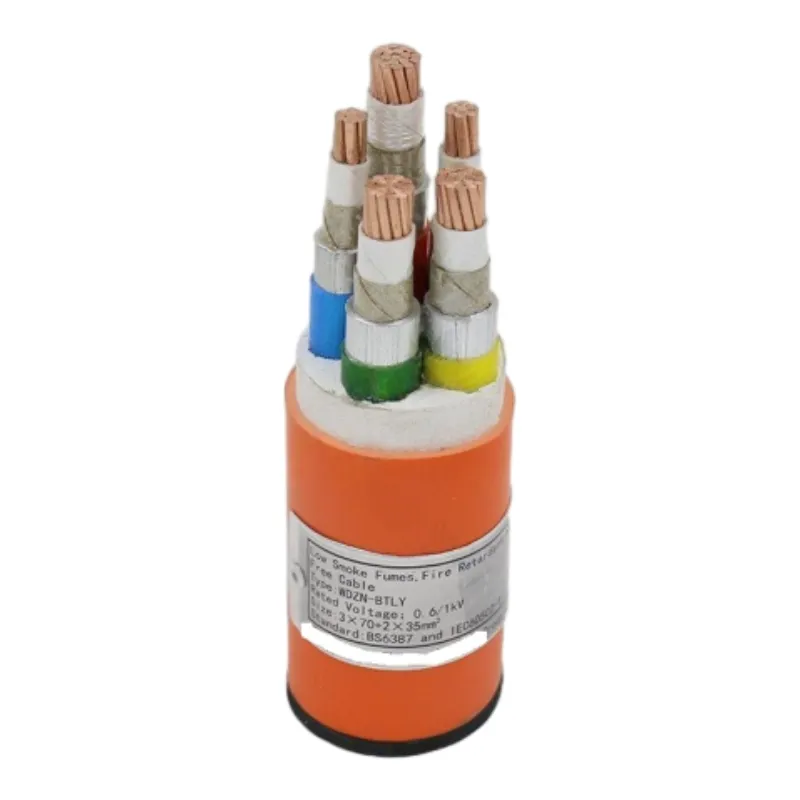سېنتەبىر . 25, 2024 13:06 Back to list
Rubber Flapper Check Valve Applications and Benefits for Fluid Control Systems
Understanding Rubber Flapper Check Valves
Rubber flapper check valves are essential components in various fluid systems, utilized primarily to prevent backflow and ensure unidirectional flow. Their design consists mainly of a flexible rubber flap that acts as a seal, opening to allow flow in one direction and closing to prevent reverse flow. This functionality is crucial in numerous applications, including plumbing, wastewater management, and industrial processes.
Design and Functionality
The basic design of a rubber flapper check valve features a circular body with inlet and outlet ports. The rubber flap is attached to the body, typically at a hinge point. When fluid flows in the permitted direction, the flap opens, allowing the fluid to pass through. However, if there is a reverse flow or pressure drop, the flap closes due to gravity and the pressure of the fluid, effectively preventing backflow.
One of the principal advantages of rubber flapper check valves is their simplicity and reliability. Unlike other types of check valves, such as ball or diaphragm check valves, rubber flapper valves have fewer moving parts and are less susceptible to wear and tear. This makes them an economically sound choice, especially in applications where maintenance access is limited.
Applications
Rubber flapper check valves are widely used in various sectors. In the plumbing industry, they are frequently installed in drainage systems to prevent sewer gases from entering buildings. They ensure that wastewater flows away from the property without allowing any backflow that could contaminate clean water supplies.
rubber flapper check valve

In industrial settings, these valves play a vital role in processes where preventing backflow is critical to maintaining system integrity and safety. They are commonly found in water treatment plants, chemical manufacturing, and oil and gas sectors, where they help protect pumps and prevent contamination of clean supply lines.
Moreover, in agricultural settings, rubber flapper check valves are utilized in irrigation systems to ensure that water flows efficiently to crops while preventing the return of contaminated runoff
. This promotes both effective water management and environmental protection.Advantages and Disadvantages
The advantages of rubber flapper check valves include their cost-effectiveness, ease of installation, and minimal maintenance requirements. They can withstand a wide range of temperatures and pressures, making them suitable for various applications. Additionally, the rubber material provides excellent resilience against corrosion and erosion.
However, like any mechanical component, rubber flapper check valves have limitations. They are not always suitable for high-pressure applications, as extreme conditions may cause the rubber to deform or fail. Furthermore, if debris or sediment accumulates on the flap, it can hinder the valve's ability to close properly, potentially leading to leaks.
Conclusion
In conclusion, rubber flapper check valves serve a crucial role in maintaining the efficiency and safety of fluid systems across various industries. Their simple yet effective design makes them a popular choice for preventing backflow, ensuring that systems operate smoothly. While they offer many advantages, understanding their limitations is equally important to maximize their effectiveness and ensure longevity in applications. Therefore, selecting the right type of check valve for a specific application is essential for optimal performance and reliability.
Share
-
Reliable Wafer Type Butterfly Valves for Every IndustryNewsJul.25,2025
-
Reliable Flow Control Begins with the Right Ball Check ValveNewsJul.25,2025
-
Precision Flow Control Starts with Quality ValvesNewsJul.25,2025
-
Industrial Flow Control ReliabilityNewsJul.25,2025
-
Engineered for Efficiency Gate Valves That Power Industrial PerformanceNewsJul.25,2025
-
Empowering Infrastructure Through Quality ManufacturingNewsJul.25,2025